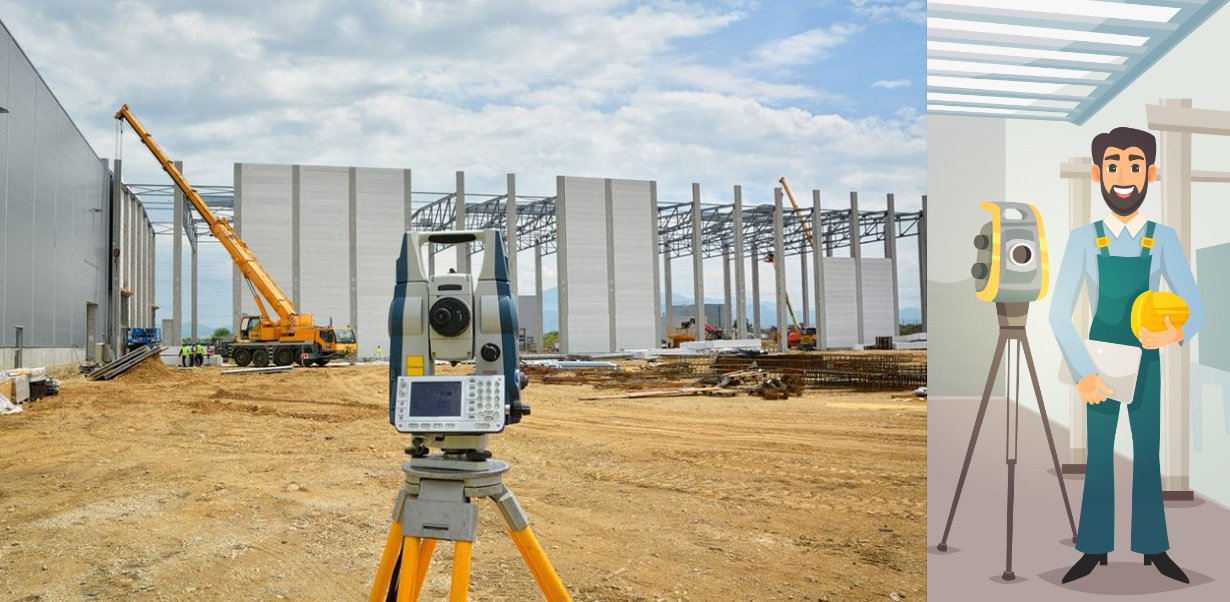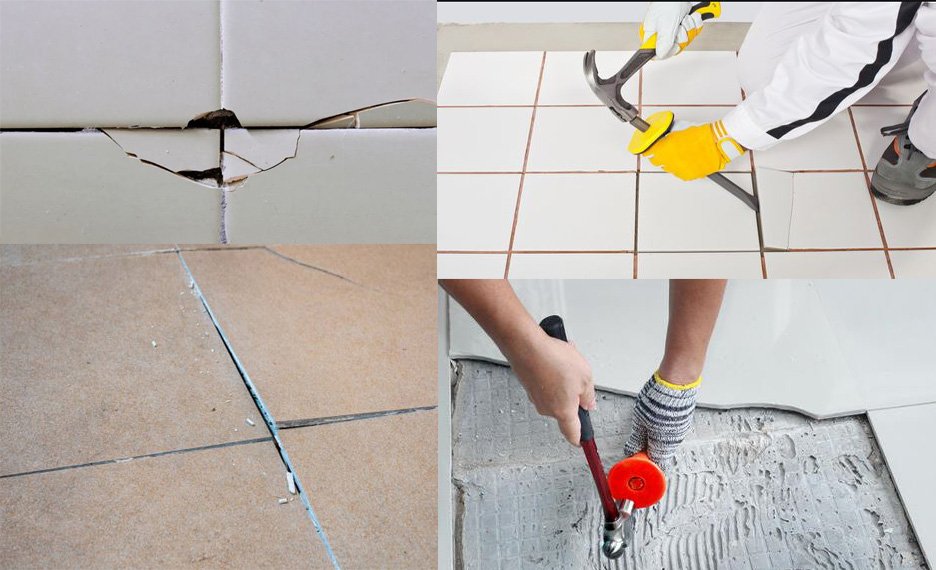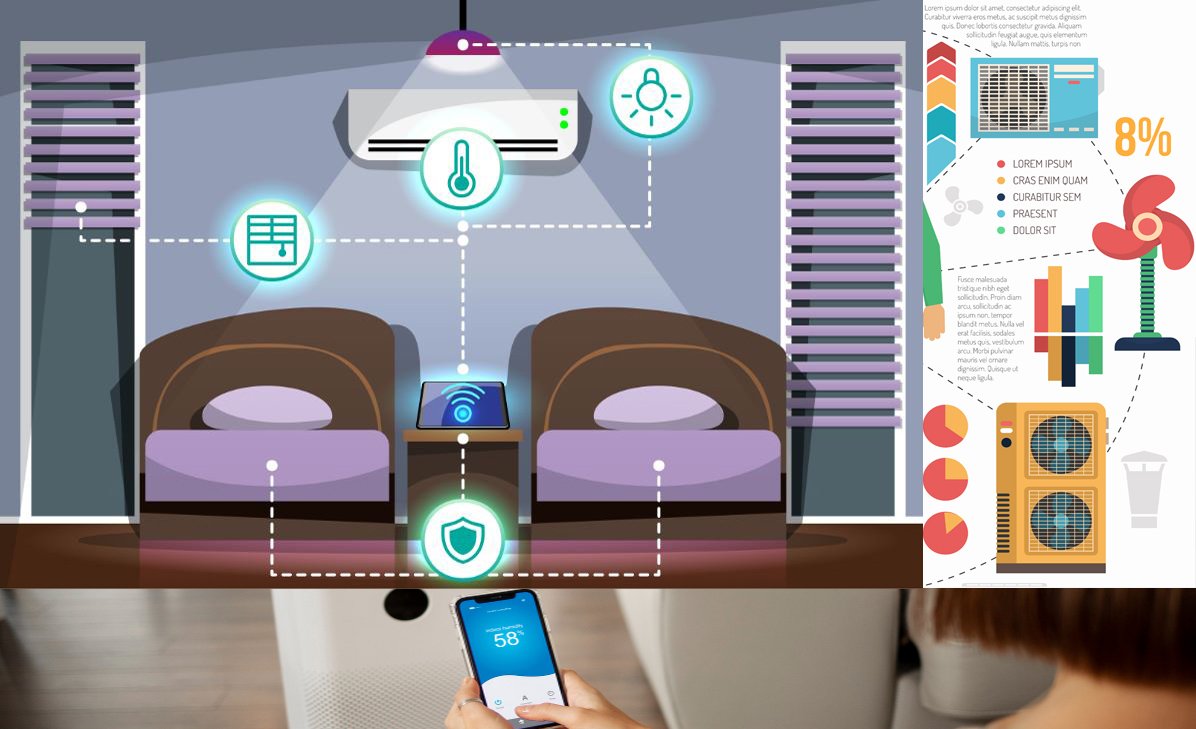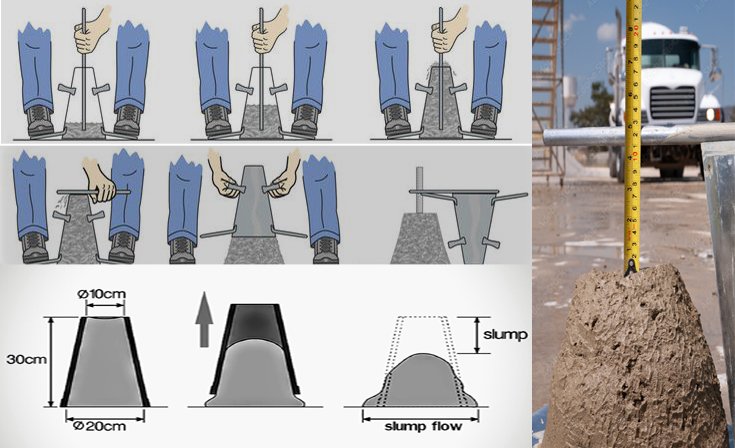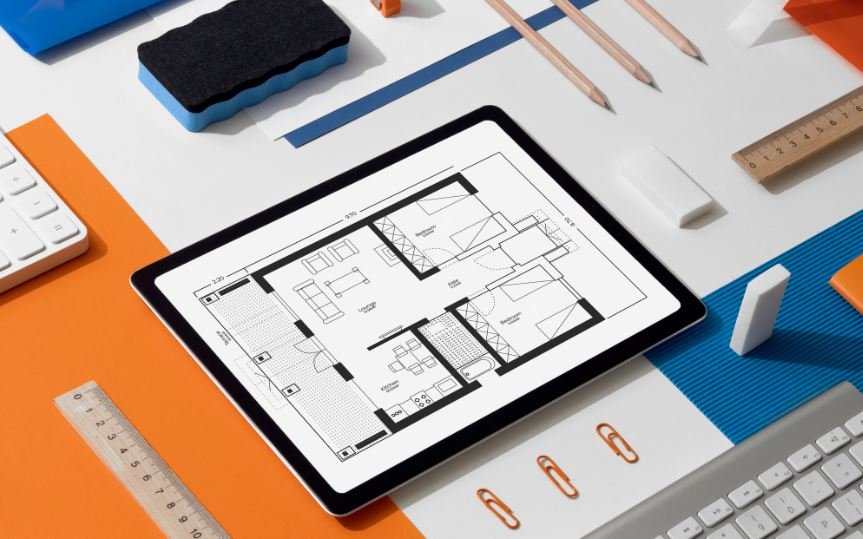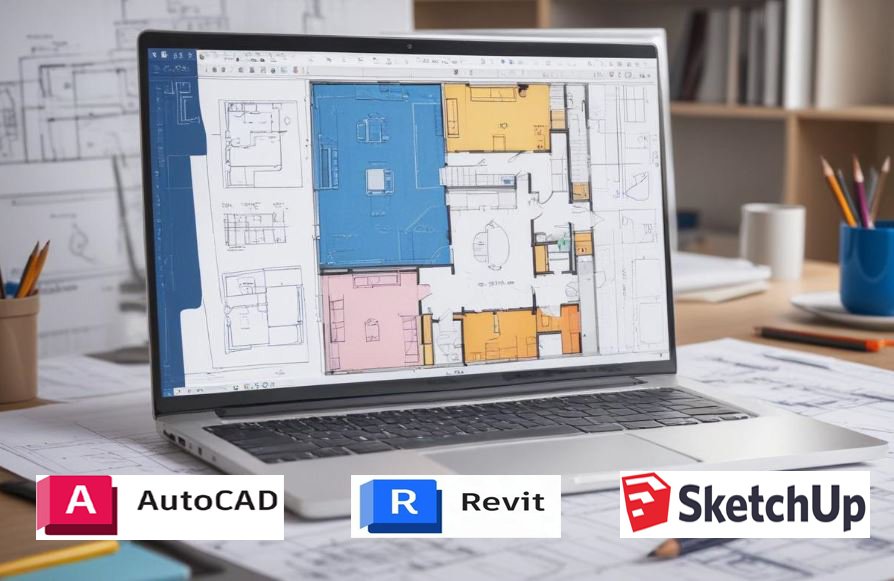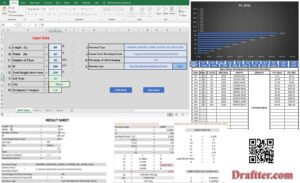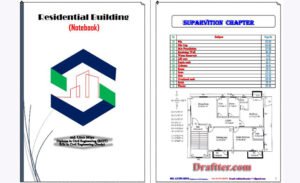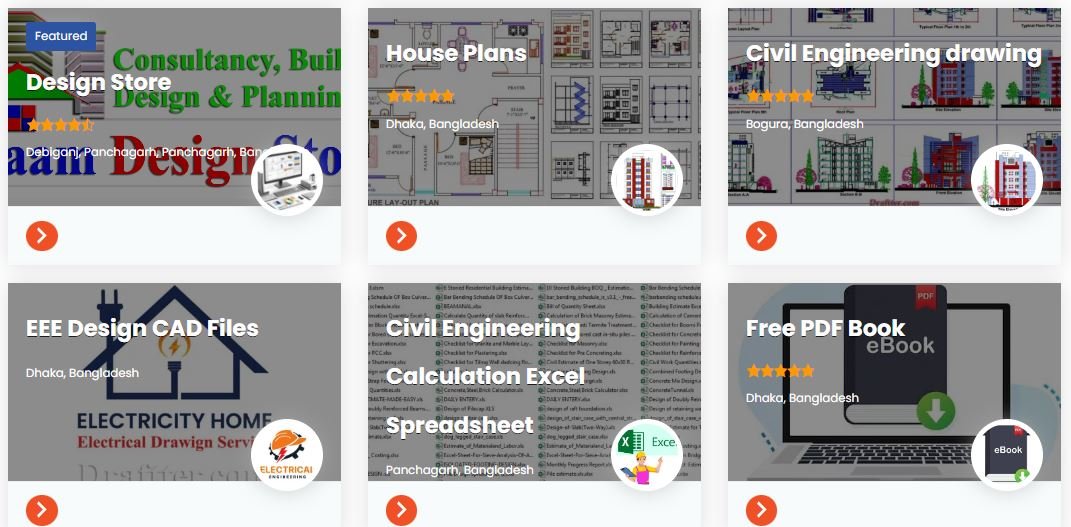Architectural drafting: The integration of creativity and accuracy has traditionally been the lifeline of the construction and design industry. In the present era of supersonic advances in technology, drafting professionals need to keep them continuously updated to remain relevant as well as useful toward their designated duties. This article looks at what lies ahead for architectural drafting and some of the emerging trends that are expected to dominate the year 2024. If you happen to be an Architect a Drafting Professional or simply a Technology Enthusiast, do read on to find out how these innovations are going to shape your industry.
Current State of Architectural Drafting:

Traditional Methods and Technologies: As per the traditional ways of architectural drafting, manual sketches, and CAD software are the ways to go. For decades these methodologies have contributed well to this industry by providing an efficient medium to convert conceptual designs into workable blueprints. Later, however popular and widespread they might have been, come with some limitations that impede advancement.
Challenges in the Industry: The major issues that can be very challenging to handle in traditional drafting are of time constraints and accuracy. Manual drafting is very time-consuming and human error is highly likely to occur. Although it is more accurate than manual drafting, CAD can fall short for complex projects with intricate details. This becomes a challenge that requires a better efficiency and accurate technological alternative.
Artificial Intelligence (AI): AI has entered different sectors through a revolution, and architectural drafting is one of them. With the automation of repetitive jobs and the provision of advanced analytical capabilities, AI greatly improves the drafting process. Consider software that does not only correct your errors but also recommends design improvements based on historical data and current trends. Architectural studios will be unable to work without AI-powered tools by 2024.
Augmented Reality (AR): It helps architects and customers view designs within real-life environments. By superimposing digital models on physical spaces, AR identifies problems at an early stage, thereby facilitating the taking of necessary measures before the situation worsens. Such kind of technology is not something from just a futuristic sci-fi movie; it proves to be a usable tool that improves accuracy and attractiveness in architectural plans.
3D Printing: 3D printing, on the other hand, is revolutionary. It allows the creation of physical models from digital drafts directly. This is a way to practically assess design elements: it facilitates the detection of flaws and functionality testing. In 2024, expect 3D printing to be more integrated into the drafting process. It will provide a seamless transition from digital design to physical prototype.
Impact on Architecture and Design:
Redefining the Work Process for Architects: AI, AR, and 3D printing integrated into workflows seem to be redefining how architects and designers work on their drafts. The technologies make the workflow more efficient, allowing the professional to concentrate more on creative aspects and less on technical details.
Future Prospects and Challenges:
Predictions Beyond 2024: The future of architectural drafting looks very exciting beyond 2024. It will be extremely delightful if at all, in this period, the industry can be revolutionized by innovations such as quantum computing and advanced robotics. For example, unthought-of immense processing power offered by quantum computing may allow solutions to be finalized in seconds for design problems that in the past took hours.
Potential Challenges: Adoption of these new technologies is, of course, not without its challenges. High costs associated with them, steep learning curves, and resistance to change typically are common hurdles that firms may face. How to surmount these challenges? The professionals need to invest in continuous learning and development to stay updated with the latest enhancements.
Conclusion:
The future looks bright for architectural drafting, all thanks to integrated technologies like AI, AR, and 3D printing. These technologies seem to redefine this industry in terms of better efficiency plus accuracy along with liberty at large. Architects and drafters of the technology field need to keep updating themselves along being adaptable. The trends we have talked about today are not just passing fashion; they represent the future of your career. Stay proactive and keep yourself at the vanguard of architectural innovation.



